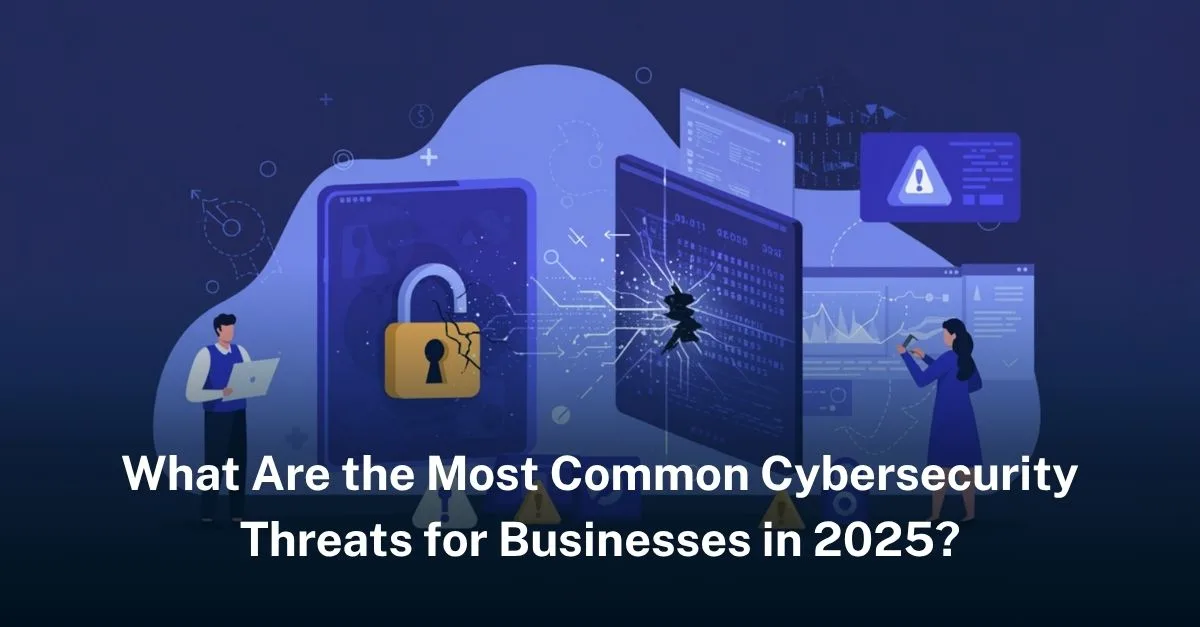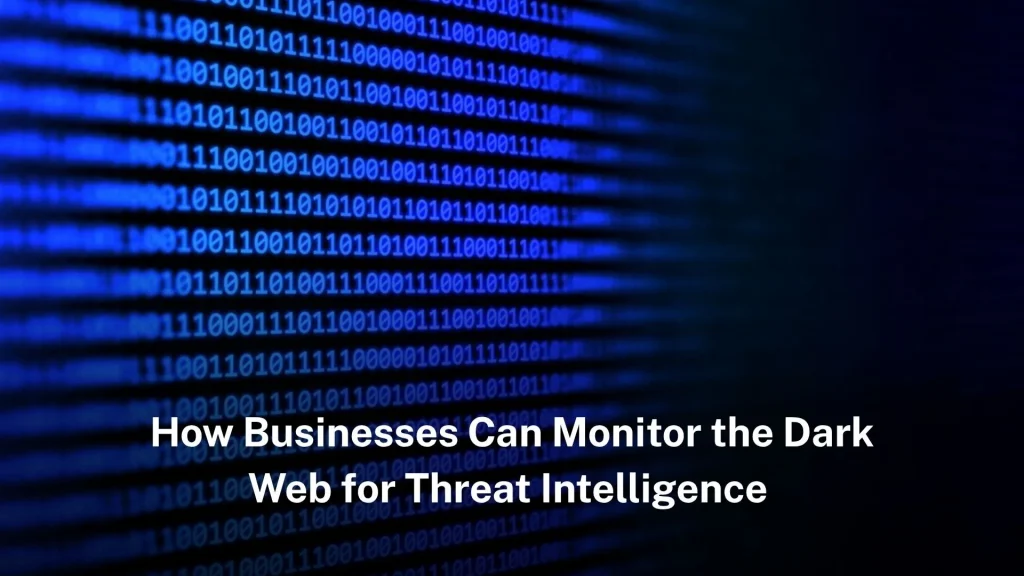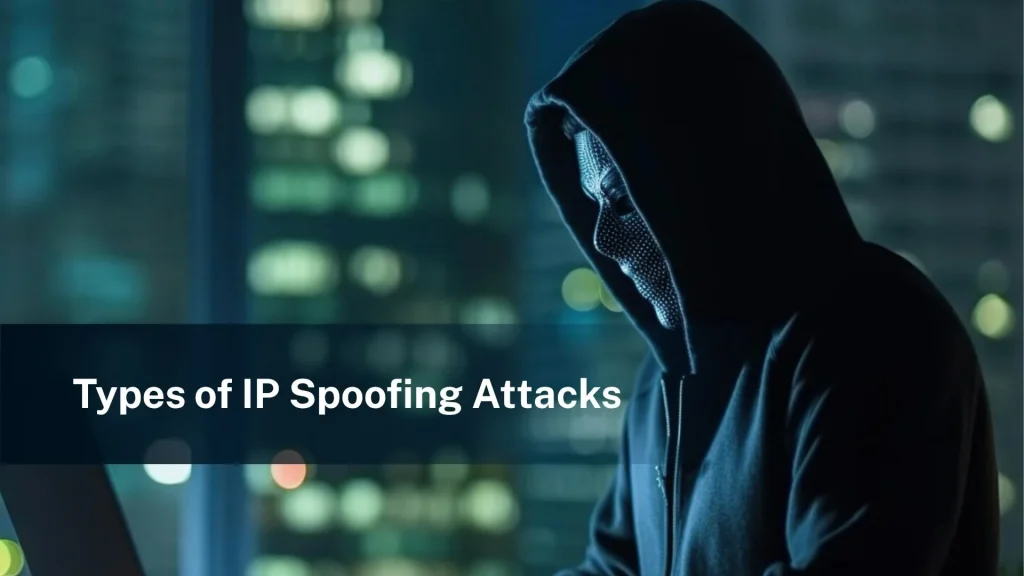Cybersecurity isn’t just an IT concern anymore—it’s a business survival issue. In 2025, cyber threats are more advanced, more targeted, and more damaging than ever before. Whether you’re a small business or a large enterprise, knowing what you’re up against is the first step toward protecting your company.
Here’s a breakdown of the most common cybersecurity threats businesses are facing today—and why they matter.
1. Phishing Attacks
Yes, phishing is still the biggest threat out there. Despite better awareness, scammers have gotten way better at tricking people. These attacks usually come in the form of emails or messages that look legitimate—often pretending to be from banks, clients, or even coworkers.
One click on a malicious link can give hackers access to login credentials, sensitive company data, or even open the door to a much bigger attack like ransomware. With AI-generated emails and deepfake voice or video tools, phishing attacks are becoming frighteningly convincing.
2. Ransomware
Ransomware has evolved into a massive criminal enterprise. Hackers lock or encrypt a company’s data and demand a ransom—often in cryptocurrency—to unlock it. Some attackers even threaten to leak sensitive data if the ransom isn’t paid.
Small businesses are just as much at risk as big corporations. Why? Because they often don’t have strong defenses, and attackers know it. Prevention (like backups, employee training, and endpoint protection) is key here.
3. Business Email Compromise (BEC)
This is a more targeted, clever type of phishing attack. A hacker gains access to or mimics a real employee’s email—usually someone in leadership or finance—and sends instructions to transfer money or share sensitive data.
It’s hard to spot, especially when it seems to come from someone you trust. These attacks don’t use malware—they rely on human error and misplaced trust.
4. Insider Threats
Sometimes, the danger doesn’t come from outside. Insider threats can be intentional (like a disgruntled employee leaking data) or accidental (like someone losing a laptop full of customer info).
Companies often underestimate this risk, but the reality is: if your employees have access to data, they can expose it—intentionally or not.
5. Unpatched Software & Vulnerabilities
Hackers love outdated systems. When software isn’t updated regularly, it becomes an easy target. Cybercriminals constantly scan the internet for systems running old versions with known weaknesses. From your operating system to your CRM, if it’s not patched, it’s vulnerable.
6. Conclusion
The bad news? Cyber threats are real, and they’re not going away.
The good news? Most of them are preventable with the right awareness, tools, and training.
If you run a business, cybersecurity isn’t something to “deal with later.” It’s part of doing business today. Knowing what to look out for—and staying proactive—can make all the difference between a minor scare and a full-blown crisis.










Leave a Reply